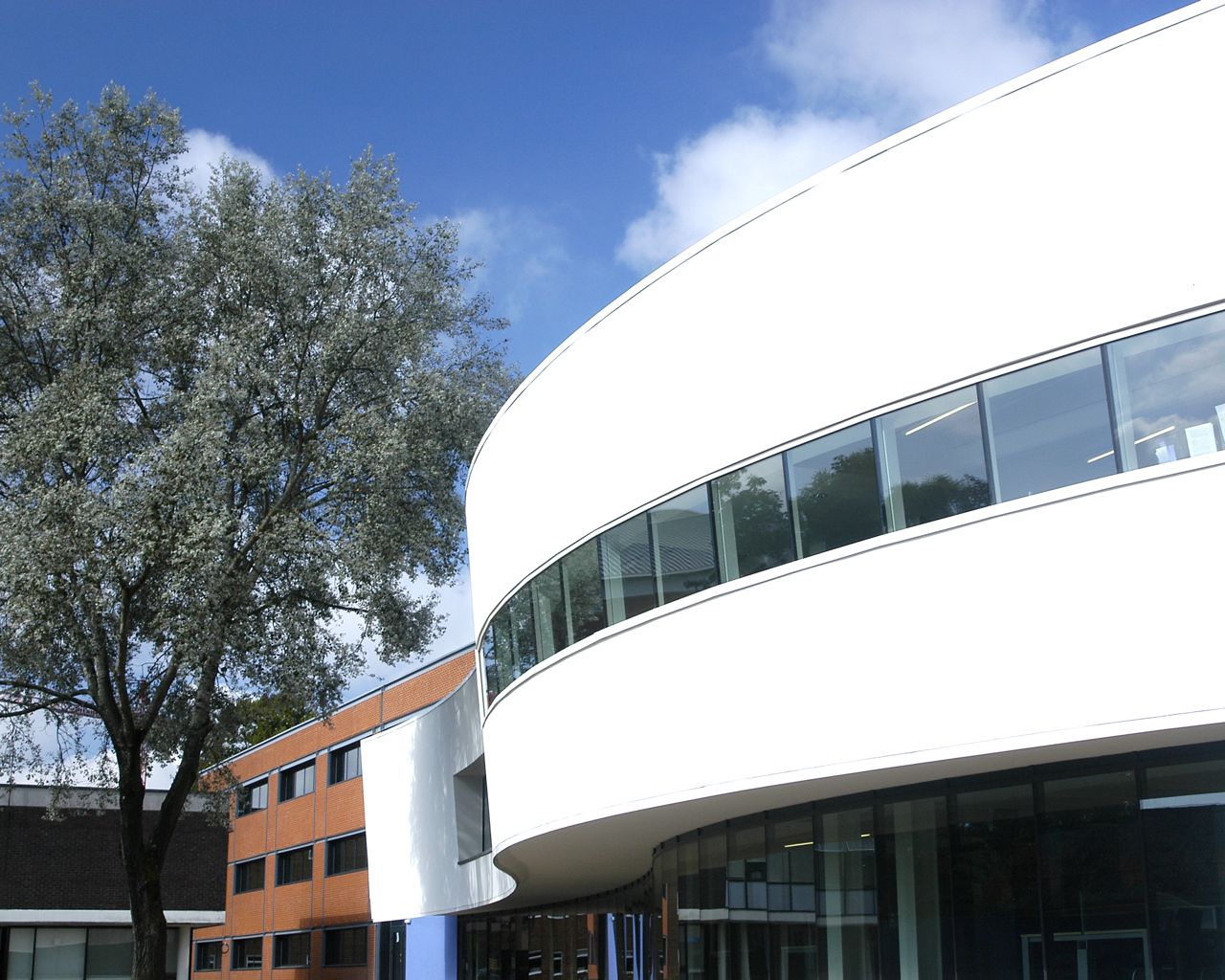Team:Southampton/Team/University
From 2009.igem.org
<!DOCTYPE html PUBLIC "-//W3C//DTD XHTML 1.0 Transitional//EN" "http://www.w3.org/TR/xhtml1/DTD/xhtml1-transitional.dtd">


University Of Southampton
The University of Southampton was originally known as the Hartley Institute, named for the benefactor, Henry Robertson Hartley (1777 – 1850). Funded by a donation upon his death the Institute was built, and opened on October 15th 1862 by the Prime Minister Lord Palmerston, as a centre for the city’s elite. In 1883, the institute was rebranded as Hartley College and subsequently, in 1902, became Hartley University College, allowing it to award degrees on behalf of the University of London. Increasing attendance at the university throughout this period encouraged expansion of the facilities, and in 1914 the college opened at its current site in Highfield. The 1920’s and 1930’s saw the addition of many of the signature buildings of the university, including the Hartley Library, right. In 1952, in the first Royal Charter issued by HM Queen Elizabeth II, the College attained full University status, allowing it to award its own degrees, the first of which were awarded on the 4th July 1953.
Today, the university is one of the top 20 centres for undergraduate study in the UK, top 15 for research, and provides higher education to over 24,000 undergraduate and postgraduate students. In 1994, it became a member of the newly formed Russell Group, a collaboration of British universities aimed at maximizing the research potential of UK institutions. Research at Southampton brings in over half of the total income of the university, and is conducted in a wide range of subjects within the core faculties of Law, Arts and Social Sciences; Engineering, Science and Mathematics; and Medicine, Health and Life Sciences.
The campus at Highfield is home to the majority of the university, including recent additions such as the new Mountbatten building, home to the department of Electronics and Computer Science, the Institute for Life Sciences, which is under construction to replace the former site at Boldrewood, and the School of Chemistry, in which the 2009 iGEM Southampton Team is based. Highfield is also home to the majority of the student facilities, such as the aforementioned Hartley Library, the Student’s Union, and the Jubilee Sports Centre, built in 2004 to commemorate the 50th anniversary of the university. Nearby, Avenue campus is home to the school of Humanities, including the centre for language studies, and there is also a division of the university in Winchester, the School of Art. The University also operates the National Oceanography Centre, the leading centre for research in marine and earth sciences in the UK.The University of Southampton is ranked 95th in the Times Higher Education Supplement QS World University Rankings, 2009 (QS Intelligence Unit, www.topuniversities.com).For more information on the University of Southampton, please visit www.southampton.ac.uk
(Click on images for enlargement and caption) |

 "
"





